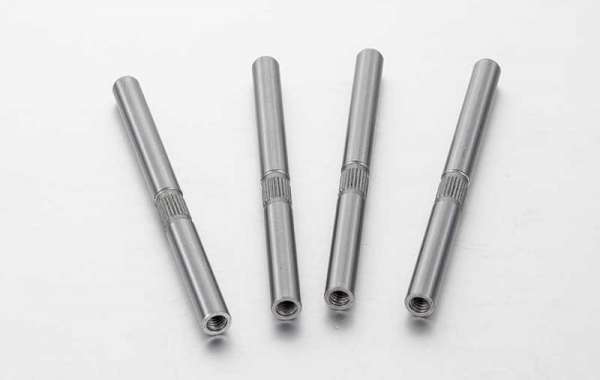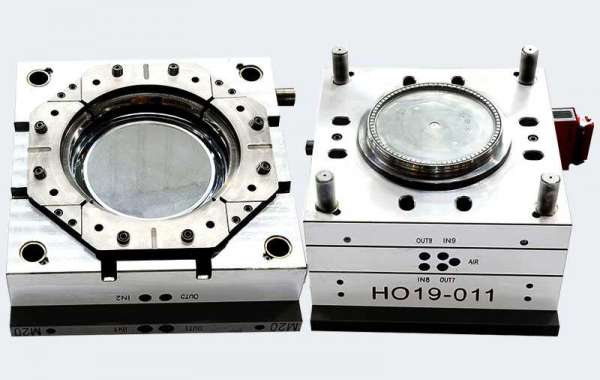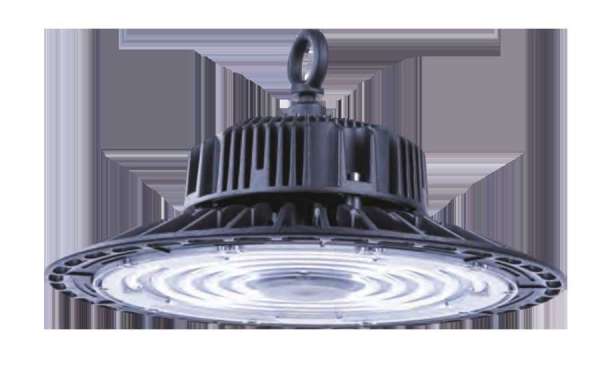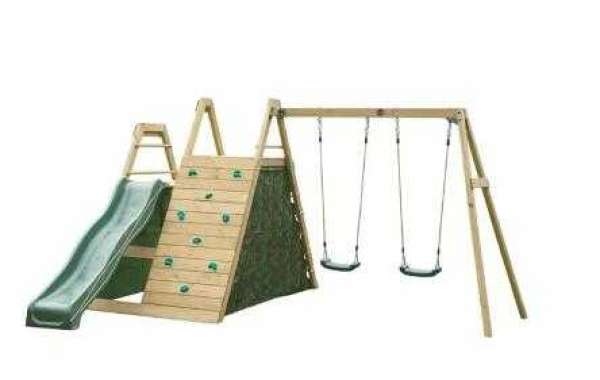Motor Shafts are particularly critical machining parts for motor products. The design and processing factors of the shaft, as well as its later use effects, will directly affect the performance and service life of the motor products. From the analysis of the processing technology, the step of the shaft should be minimized to save materials and processing man-hours. The optical shaft has a simple structure, less cutting, and good manufacturability.
In order to meet the requirements of the strength and stiffness of the shaft, the main content of the mechanical calculation of the shaft is to determine the diameter of each section of the shaft. When determining the diameter and other geometric dimensions of the shaft, you can refer to the size of the produced motor shaft or refer to the relevant electromagnetic calculation. size. Most micro-motors, especially those used for control, generally do not check the strength, rigidity, and critical speed when the force and torque on the shaft are small and the speed is not high. For special motors with high power and high speed, such as high-power aviation motors, high-speed induction motors, etc., it is necessary to check the strength, stiffness, and critical speed after the initial selection of the geometrical dimensions of the shaft, and have the necessary processing technology. To guarantee.
The shaft of the motor should first have sufficient strength. In order to ensure that the motor is in working condition and the shaft does not produce residual deformation or damage; at the same time, the shaft must have sufficient rigidity, that is, when the shaft is working, the deflection of the shaft must be within the allowable range; the critical speed of the shaft should also be considered. There should be enough difference between the working speed of the rotating shaft and the critical speed to prevent resonance, especially for the high-speed motor, the critical speed should be checked if necessary.
The strength and rigidity of the rotating shaft in the motor are guaranteed. When the motor is running, the form of mechanical force and torque on the rotating shaft varies with the type of motor and the transmission mechanism. The acting force mainly includes the gravity of the rotor assembly itself, the unidirectional magnetic pull caused by the eccentricity of the rotor, and the centrifugal force caused by the unbalanced weight. The motor shaft extension end is acted on by the transmission machinery on the shaft load torque and so on.
The dimensional tolerance of the shaft is required. There are two types of dimensions on the shaft: radial dimensions and axial dimensions. The main and critical radial dimensions include bearing position, core position, commutator or collector ring position and shaft extension position, etc. These dimensions require high precision and are achieved by means of fine-tuning or even grinding. Among the axial dimensions, especially the dimensions of the two bearing shoulders, the distance between the core position and the bearing position, etc.
The shape and position tolerance requirements of the shaft. The shape and position tolerance of the shaft mainly includes the coaxial or circular runout between the bearing position, the shaft extension position and the outer circle of the iron core position. The bearing position of the shaft is the positioning that supports the rotation of the motor. Other form and position tolerances include the straightness of the shaft, the perpendicularity of the two shaft shoulder planes to the centerline of the shaft, and the symmetry of the keyway of the shaft extension.
As a China shaft factory, Ningbo Shitai Precision Machinery Co., Ltd. does not provide customers with high-quality products and services. Welcome to visit our official website.








